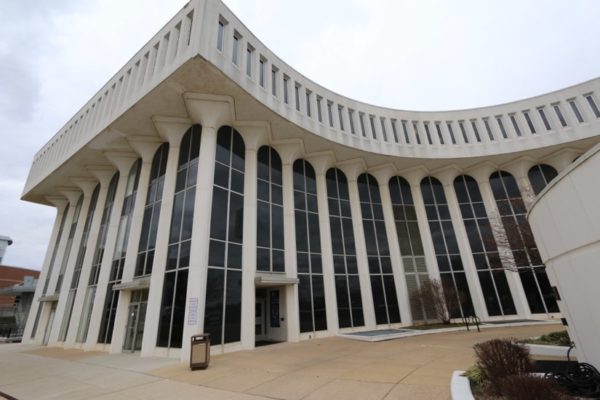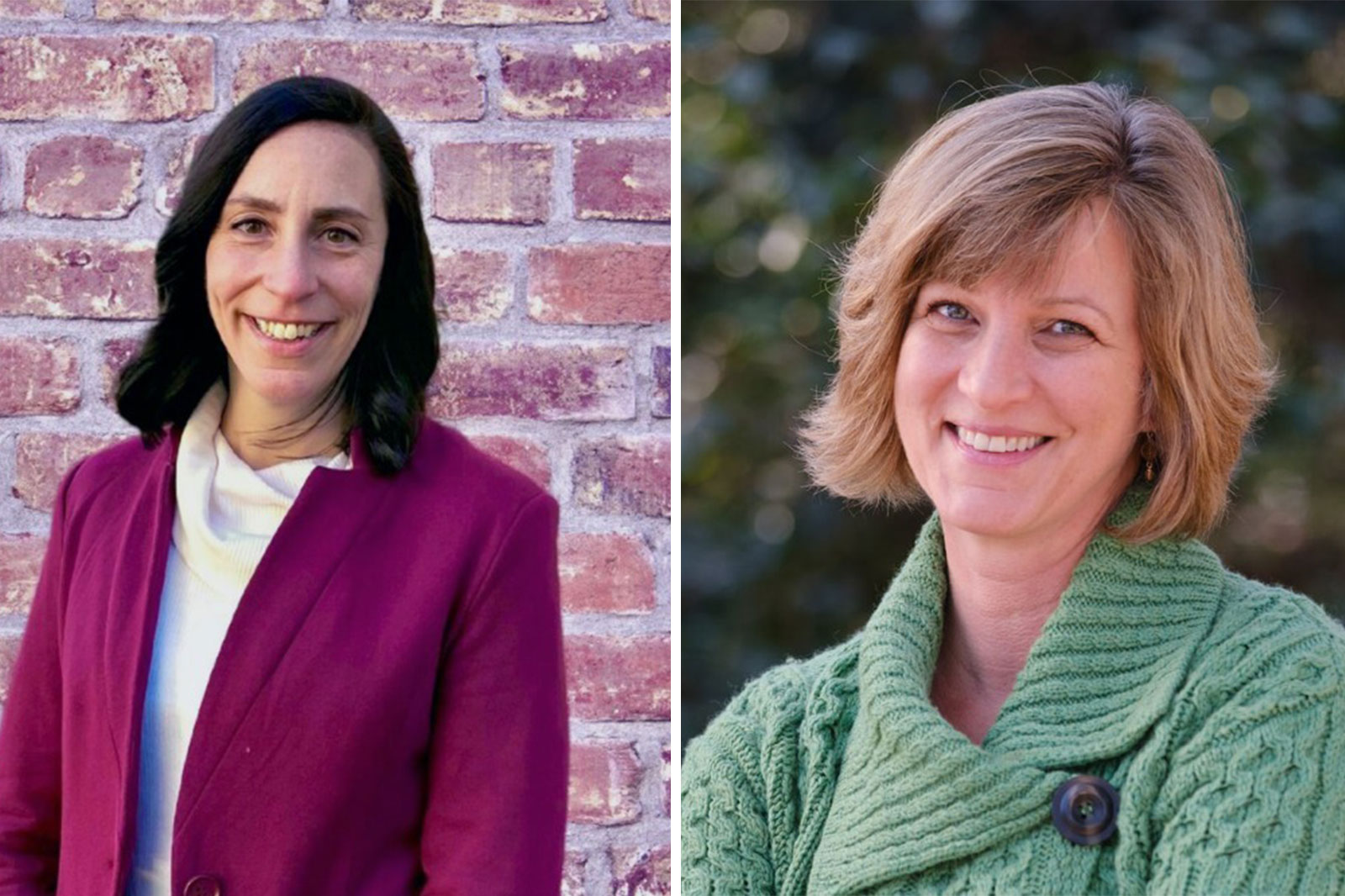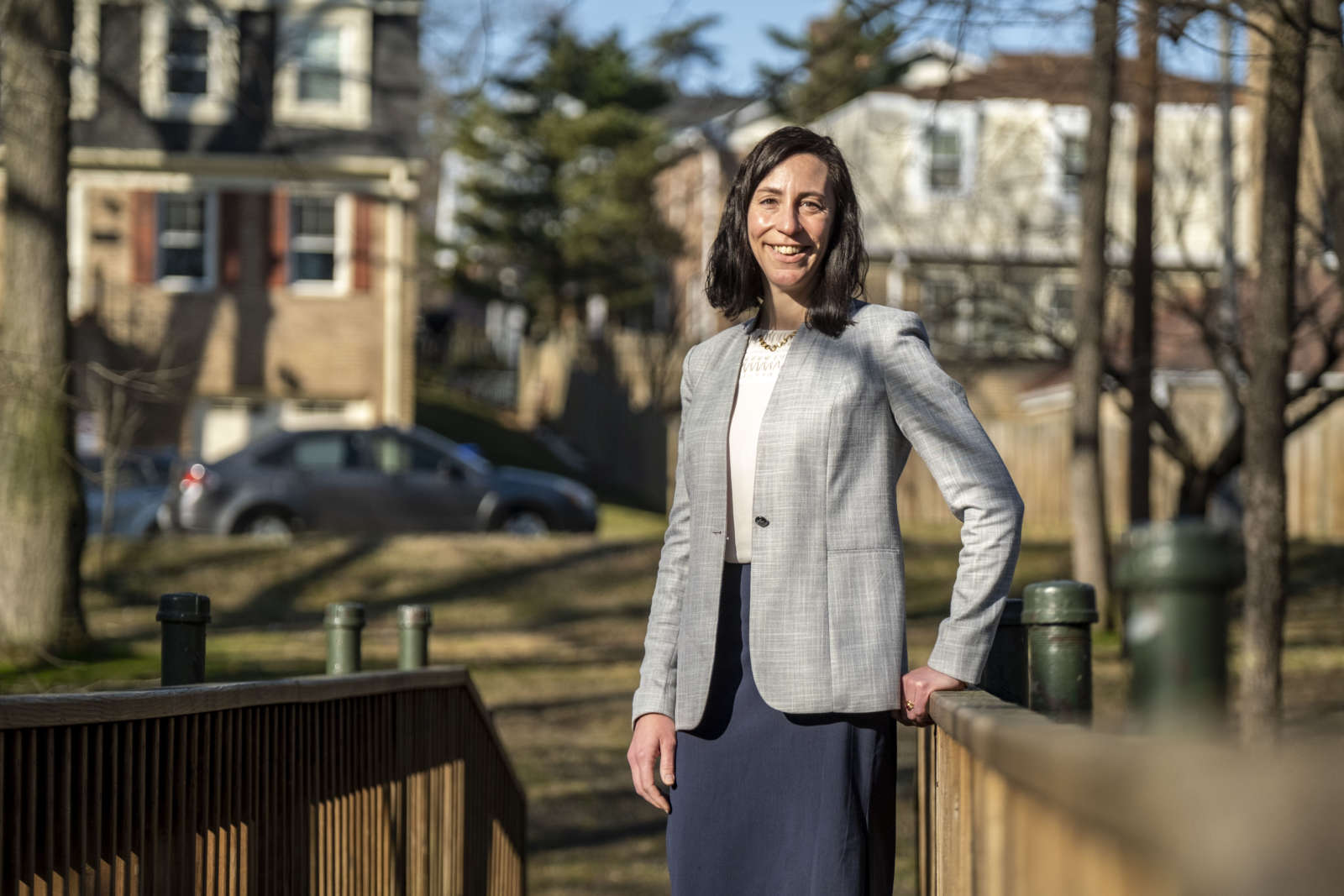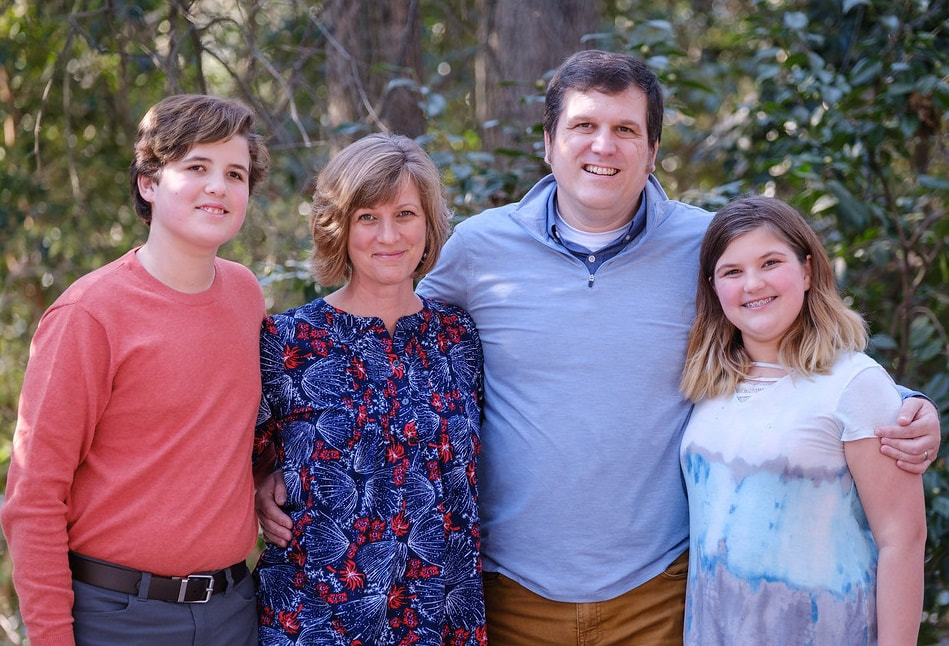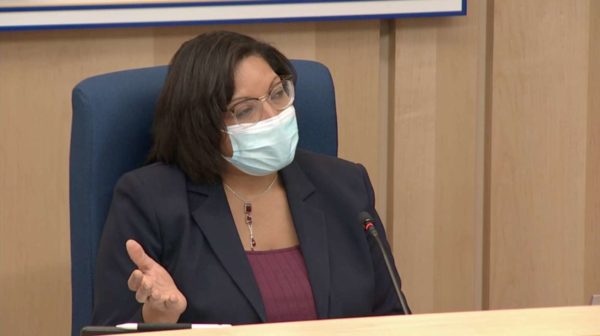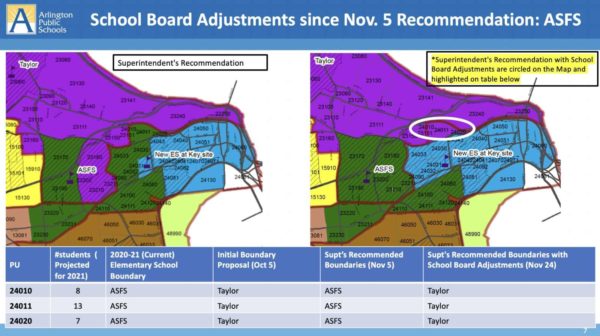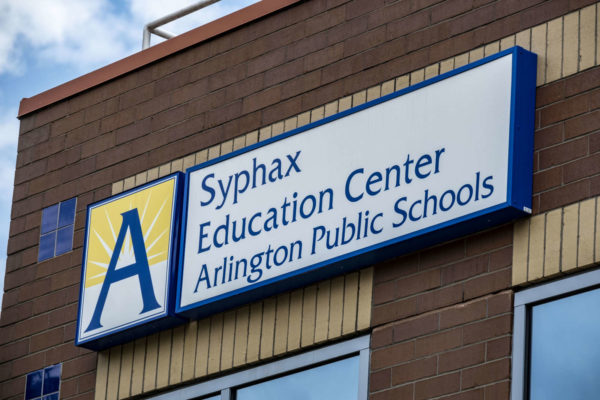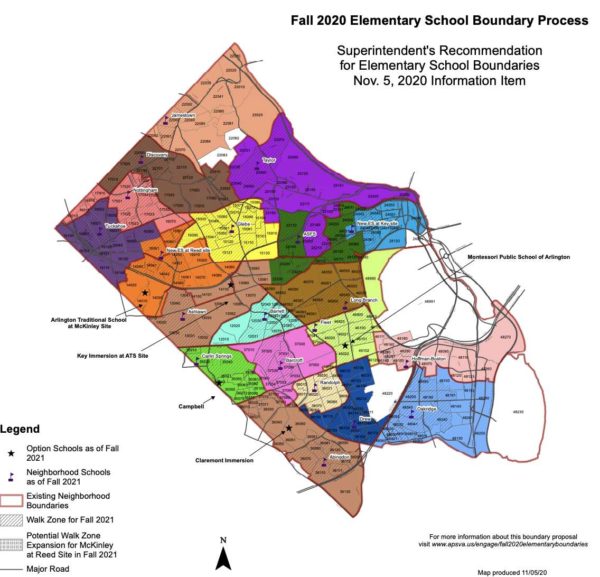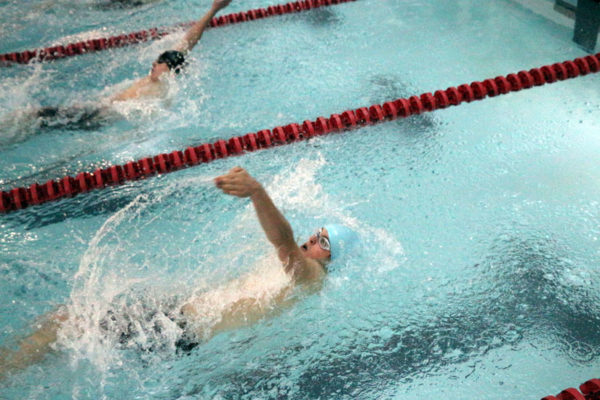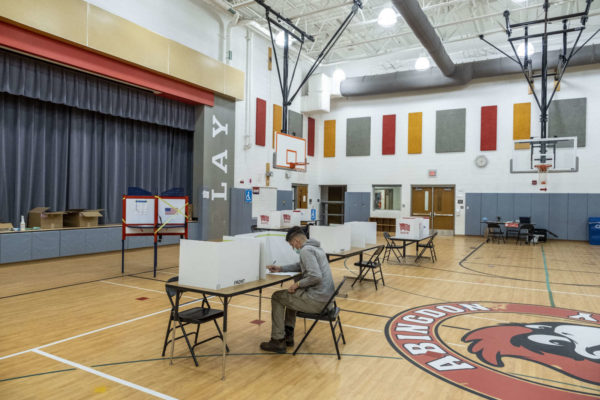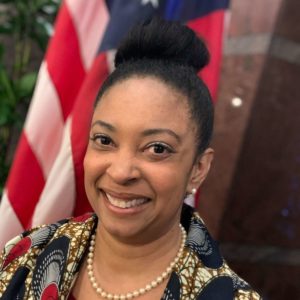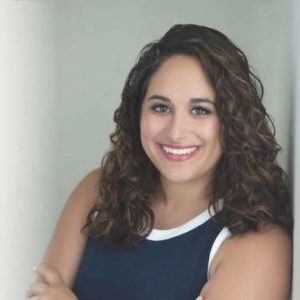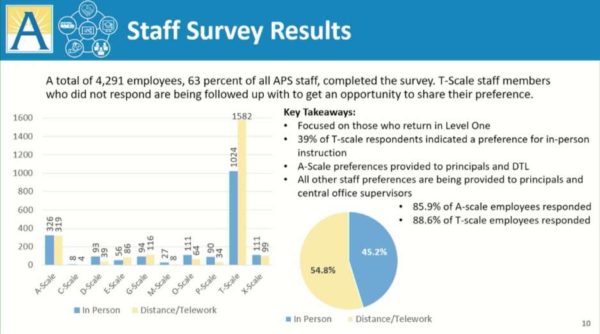For the past year, Arlington Public Schools students have been learning from home to varying degrees of success.
As of this morning (Tuesday), all grade levels have access to two days a week of in-person instruction. Some have struggled during remote learning — as is evidenced by dropping GPAs and rising rates of students failing classes. But others, according to APS officials, are excelling.
“We know right now that some students are really thriving in this virtual environment so we want to be able to keep that option open to those students,” said Sarah Putnam, the Director of Curriculum and Instruction for APS, during a virtual open house last month.
For these middle- and high-school students, virtual learning — either hybrid or full-time — could be an option as early as the 2022-23 school year. The program could be located in the revamped Education Center at 1426 N. Quincy Street, the former APS administrative building next to Washington-Liberty High School.
Extending virtual and hybrid learning options for secondary-level students beyond the pandemic could help relieve some school capacity pressures, instructional leaders and School Board members say. It would also leverage existing technology investments while letting students pursue extracurricular opportunities and, potentially, take more classes to accelerate their learning or recover credits.
“We’re really excited about this idea,” said Jonathan Turrisi, the Director of Strategic Planning for APS, during the same open house.
School staff are still working through the logistics. If the School Board approves this option, it would not start until next fall at the earliest.
More information will be presented to the School Board on April 8. Members have indicated an interest in long-term virtual learning.
“The School Board believes virtual school is an important consideration to factor into long-term planning, given that many students have been successful in distance learning,” members told ARLnow in a joint statement. They said APS will still need to examine numerous factors to see what such a program would look like and if the school system can afford it.
One of those factors would be if it is appropriate for middle-schoolers, Board Member David Priddy said during a February meeting.
“From being around middle schoolers, I’m not sure if the virtual piece would align with that many middle schoolers just simply because their social-emotional needs are different,” he said. “I guess we can throw that out to the public to decide.”
The program would likely be located on one floor the Education Center, which could accommodate 100-300 students, Assistant Superintendent of Teaching and Learning Bridget Loft said at the February meeting.


